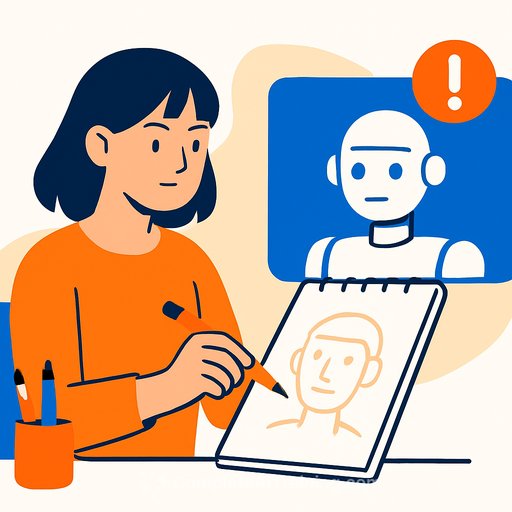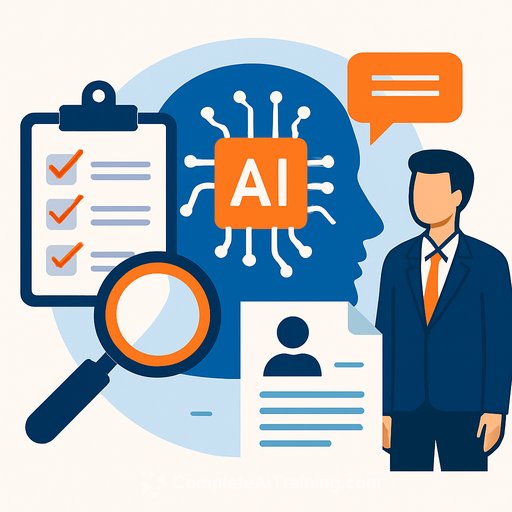Employees turn to HR amid leadership disconnect on AI use
Employees across the United States are looking to HR for clarity on AI because leaders aren't saying enough. A new report from The Predictive Index (PI) shows people don't feel heard on AI decisions, and they're unsure how leadership is actually involved.
"Too many employees aren't hearing enough from executives about AI, so they're turning to peers and HR to fill in the blanks," said Matt Poepsel, Vice President and Godfather of Talent Optimisation at PI.
Why HR is now the trusted source
When the topic is unfamiliar-like generative AI-people trust the coworkers they know. The report notes that employees see HR and immediate peers as the most reliable sources for AI guidance.
That gives HR a clear opening to step in, correct rumors, and set practical norms. It also means HR can balance executive confidence with reality, so employees don't spiral into imposter syndrome, insecurity, or outright panic.
The opportunity: become the AI adviser employees need
HR can reset the narrative: AI doesn't have to wreck culture. Used well, it can strengthen how teams work, learn, and collaborate.
HR and People Ops can lead by giving employees a clear path to use AI responsibly, with guardrails that make sense for the business-and for people.
What to do next (simple, concrete steps)
- Partner with IT and Legal: Publish plain-language guidelines on approved use, data privacy, security, and compliance. Consider framing policies with the NIST AI Risk Management Framework.
- Create one source of truth: Stand up a living FAQ, a decision log for AI use cases, and a list of approved tools. Share the same info with executives and employees.
- Open the floor: Run recurring forums, office hours, and small-group sessions. Invite hard questions. Make it safe to say, "I don't know yet."
- Listen, then act: Survey teams on AI fears and hopes. Close the loop publicly on what you changed based on their input.
- Build capability by role: Offer short, hands-on training for common workflows (research, drafting, summarizing, analysis). Keep it practical and job-specific.
- Name change champions: Recruit peer coaches in each function. People learn faster from someone who speaks their language.
- Set boundaries early: Define red lines (sensitive data, customer PII, regulated content) and escalation paths for risky requests.
- Measure what matters: Track adoption, time saved, error rates, and employee confidence. Share wins and lessons learned.
The trust gap is bigger than tech
PI's data shows employees feel optimistic about AI-nearly half expect a very positive effect on their careers. The drag isn't the tools; it's trust.
"What's underlying all of this is trust, a gap that has less to do with the technology itself and more to do with a tight job market, economic uncertainty, and a strained employer-employee relationship that's been building for years," Poepsel said.
Make adoption sustainable
"AI adoption is fundamentally a people challenge," Poepsel said. Leaders who slow down, listen, and understand their people's behavioural drives will adapt their rollout more effectively. When you know how someone processes change, you can coach them through it.
HR is in the best position to translate executive intent into daily habits people can use. Clear rules. Practical training. Ongoing dialogue. Visible follow-through.
If you need training options
For curated learning paths by role-helpful for HR-led enablement-see Complete AI Training: Courses by Job. For fresh releases you can pilot with small teams, check Latest AI Courses.
Bottom line for HR
Employees are already asking you for help with AI. Take the mic. Set the guardrails, build skills, and keep the conversation going. That's how you reduce fear, raise confidence, and make adoption stick.
Your membership also unlocks:






